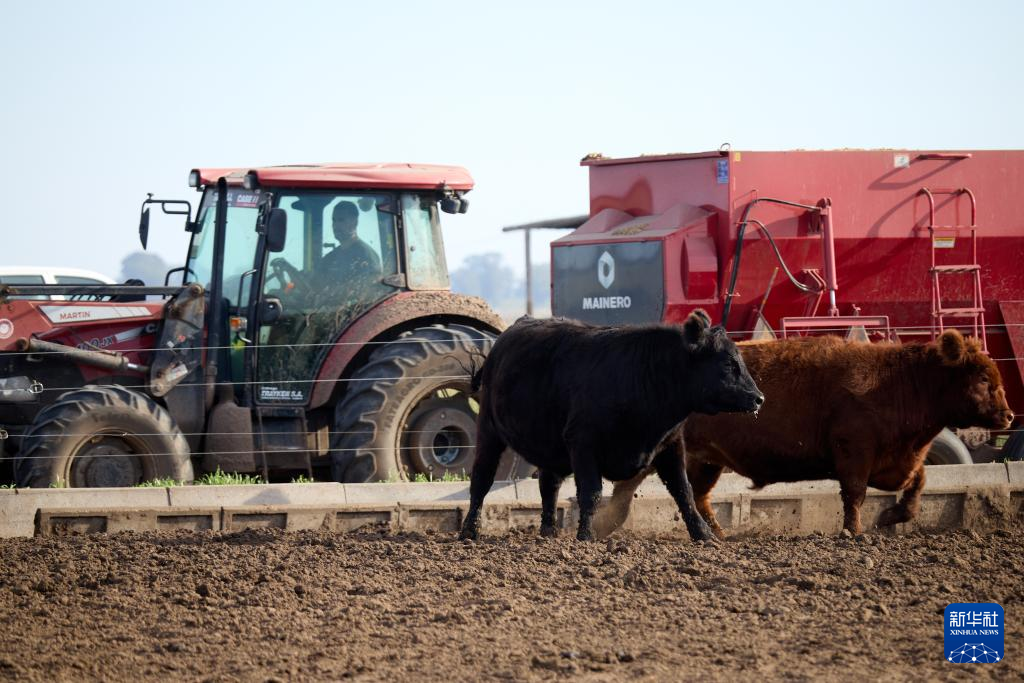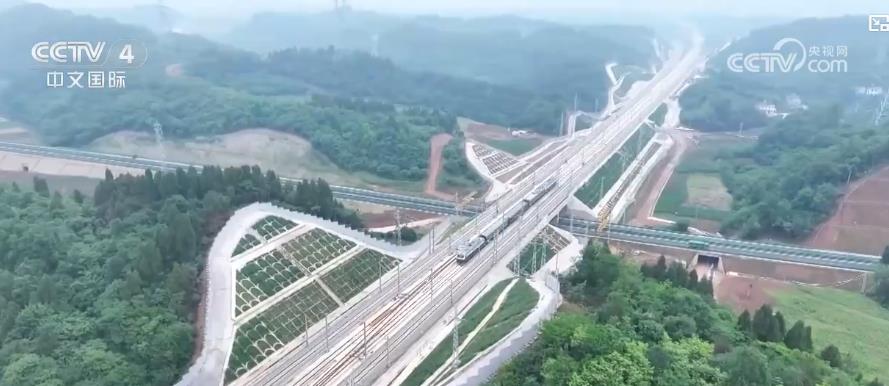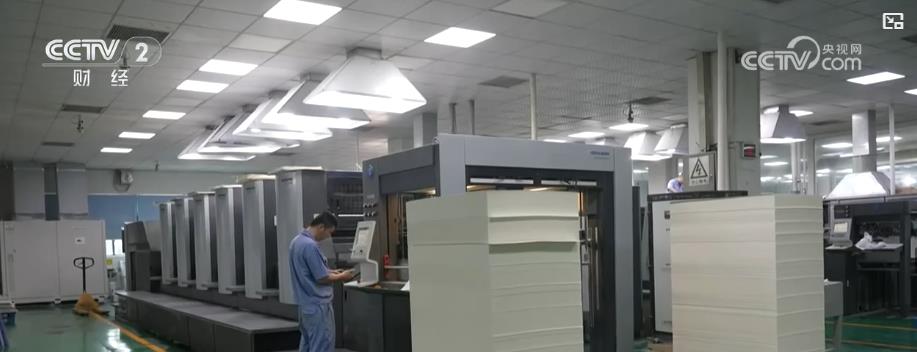Original title: The 12th anniversary of the first flight of the Y-20 witnessed the journey of "Kunpeng" to praise the great weapon of a great country!
Twelve years ago today, on January 26, 2013, the Y-20, the first flight of the large military transport aircraft independently developed by my country was successful. Over the past 12 years, the cute "fat girl" has spanned thousands of mountains and rivers, soared in the sky, and grown into a "Kunpeng". Today, let’s like “Kunpeng” together.
The technical requirements are super strict
"Fat Girl" was born
In June 2007, the Y-20 large transport aircraft project was officially launched. As a country's large aircraft project, although the development of Y-20 started late, it had a high starting point. At the beginning of the design, it put forward the requirement of "not lagging behind for 30 years and being available for 50 years". When designing an aircraft, researchers must think of non-existent technologies and materials and design them in the aircraft.
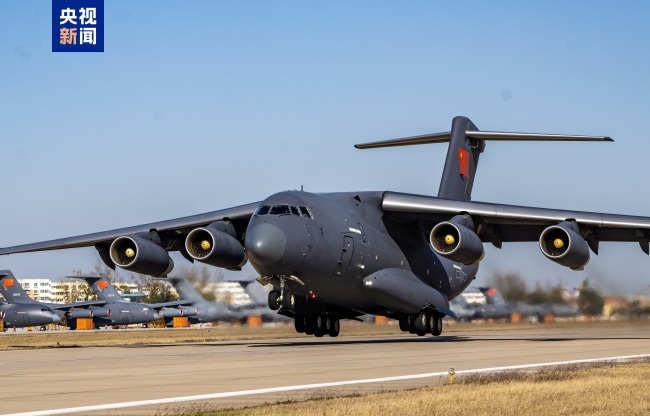
Tang Changhong, chief designer of the Aviation Industry Y-20: For the developers, his understanding of the current situation and the development prospects are very important. It’s not what I can do today, but I need to know how far the things I do can improve and how far behind.
At the beginning of the Y-20 design, the superiors had extremely high requirements for technical indicators, one person could fly, two people could fight, and three people had multiple tasks.
After a lot of research and research, the team has achieved a number of technological breakthroughs and innovations in one fell swoop, filling many gaps in my country's field of telex flight control.
Unlike previous aircraft wings, the Y-20 adopts a special airfoil-supercritical wing.
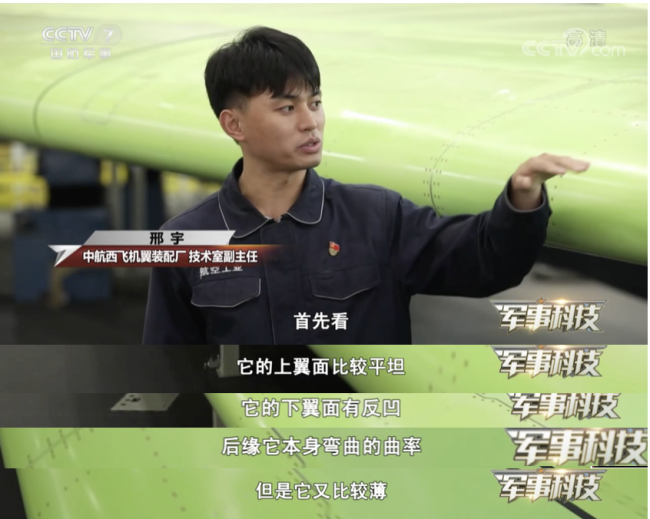
The supercritical wing has many advantages: first, it can maximize the flight speed of the entire aircraft, and second, its own structural weight is lighter, which helps increase the load on the aircraft.
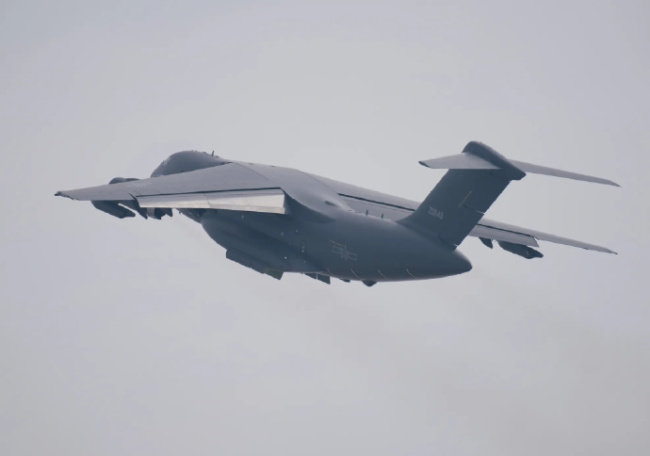
The design of this supercritical wing must be verified through a large number of tests. When the Wenchuan earthquake occurred in 2008, the engineers of the Aviation Industry First Flight Institute, which was conducting tests in the wind tunnel, copied all the key data and test videos regardless of their personal safety.


